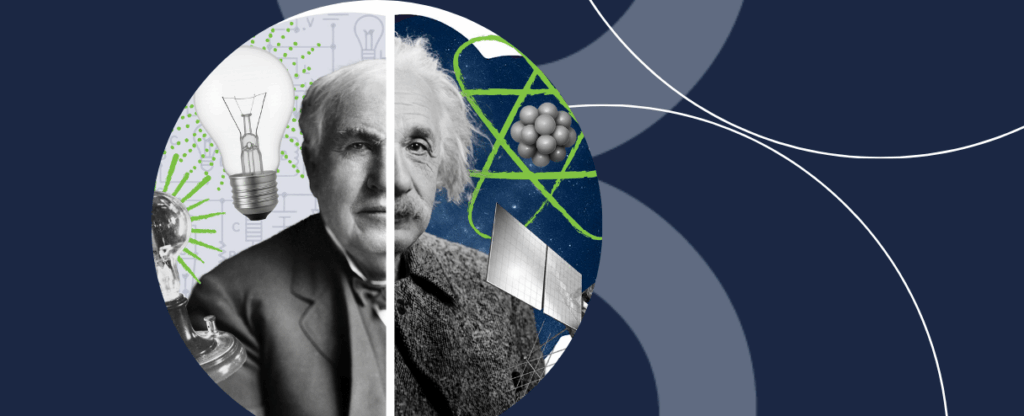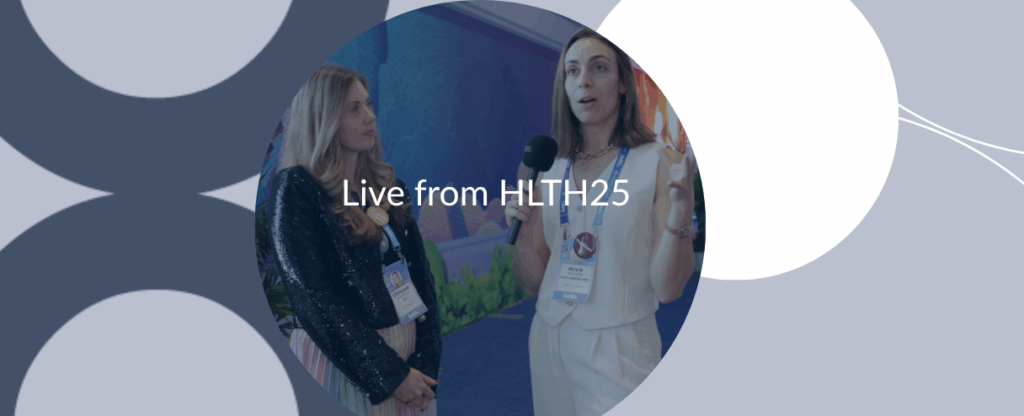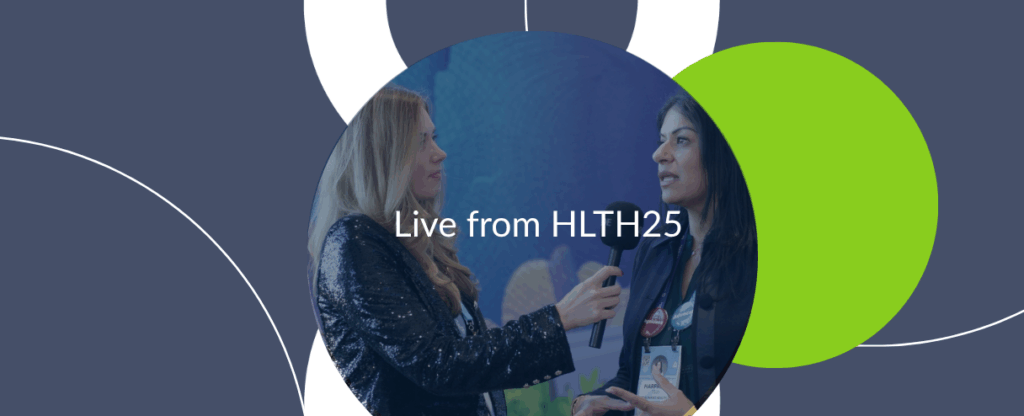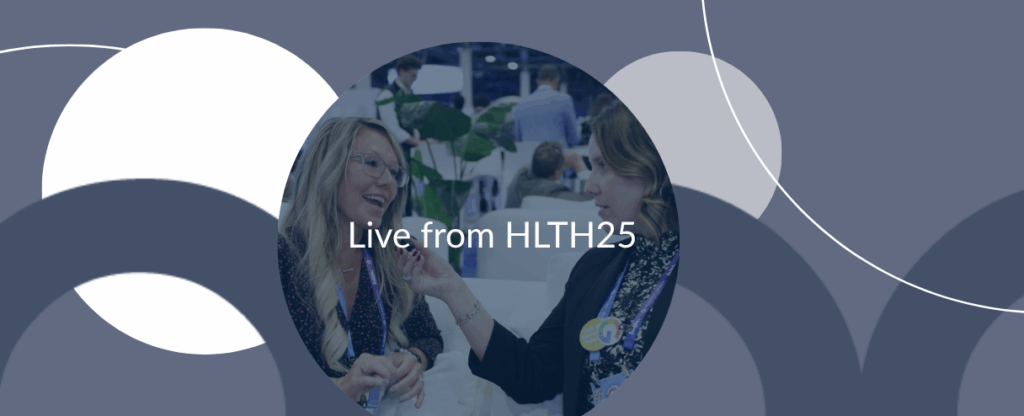The Einstein Divide
Transforming marketing & communications in an AI era
AI is the hot topic in every healthcare marketing room this year. CMOs are under pressure, and everyone’s trying to figure out how not to get left behind. We hear questions like “How will AI impact search?” or “How can my team use AI to work smarter, not harder?” or “What should my tech stack look like in 2026?”
Some marketers are still watching and waiting… curious but cautious. Others are experimenting. Then there are the frontrunners—the CMOs declaring AI transformation the most important strategic initiative they can drive.
Among those who are just beginning or sprinting ahead, there’s a pattern we’re starting to see.
Most MarCom teams are approaching AI with a goal of efficiency. More asset versions. Automated workflows. Faster content creation. In a world where healthcare margins are tight and expectations are growing, marketing leaders are being asked to do more with less. It’s critical to survival in the future.
But here’s the catch: efficiency is not transformation.
Truly transforming healthcare marketing & communications isn’t about speeding up the factory. It’s asking whether the factory even makes sense anymore.
A Tale of Two Scientists
Take a journey with us to the late 1800s.
Imagine two rooms.
In one, Thomas Edison and his team are running experiment #742. The electric lightbulb had been around since 1835, but it had an extremely short lifespan, used too much energy, and was way too expensive. Edison and his team of inventors got to work on perfecting the filament—testing different materials, tweaking, and relentlessly iterating. Their hands-on persistence ultimately paid off, not just with the bulb, but with improvements to gas lighting, generators, and the entire “tech stack” around light bulbs.
Edison is the poster child for invention through iteration. He took something that existed and used new technology to make it better, faster, and cheaper.
Now, come with us to room two.
It’s 1905, and Albert Einstein is staring out a window, imagining something wild: “What would it be like to ride alongside a beam of light?” He wondered if the speed of light is constant, if the concept of time is static, how gravity works. And starting with these far-reaching imaginations, he came up with the groundbreaking theory of special relativity (E=MC2) and changed how we see the universe forever.
Einstein went where no one had gone before. He completely rethought the universe.
Edison = Iteration.
Einstein = Imagination
That’s the divide.
We call this gap The Einstein Divide
Today, most healthcare marketers see AI as an opportunity to automate workflows, crank out hundreds of assets, scale what already works, and move at lightning speed. And that’s absolutely needed. It’s practical. Measurable. Incremental.
Iteration is essential, but we’re not seeing enough Einsteins.
We’re not seeing teams imagine what healthcare marketing could look like five years from now. We’re not seeing enough CMOs rethink marketing and communications from the ground up—pushing for new patient experiences or brand models that never existed before.
Most are just using it to answer today’s questions, faster.
If all we do is automate existing systems, we’re just getting faster at running in place. And while we’re optimizing output, someone else will reinvent the entire game.
Perhaps AI won’t replace you. But someone using it to think bigger might.
Let’s cross the divide and build what’s never been done before.
Join us over the next few months as we unpack The Einstein Divide: how to quickly get your team up-to-speed on AI, how to use AI to scale your Marketing & Communications workflows, and most importantly—how to completely transform your entire function for an AI future.
This series is all leading up to BPD’s Joe Public Retreat 2026: The AI Dream. Join the best health system marketers to plan your AI future.



